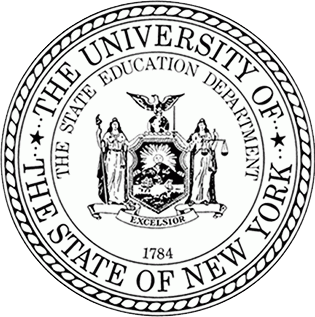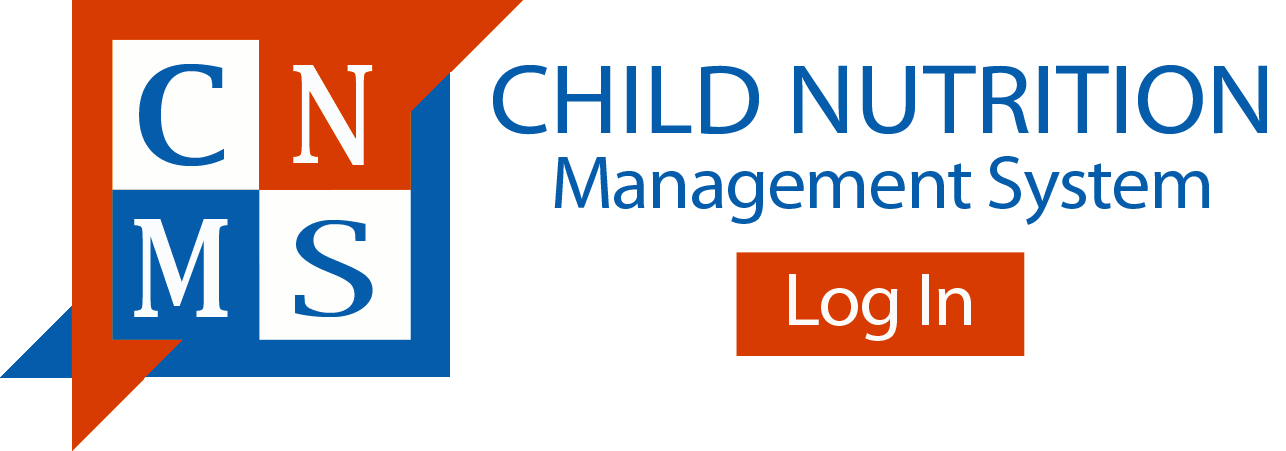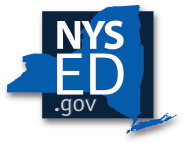 |
THE STATE EDUCATION DEPARTMENT / THE UNIVERSITY OF THE STATE OF NEW YORK / ALBANY, NY 12234 Office of P-20 Education Policy |
Click here for the original SP 18-2018 memo released by USDA.
An interim final rule published on November 30, 2017 (82 FR 56703) provides Child Nutrition Program (CNP) operators targeted flexibilities for milk, whole grains, and sodium requirements for School Year (SY) 2018-2019. This memorandum summarizes the flexibilities that will be effective July 1, 2018. The following three flexibilities apply to SY 2018-2019 only. USDA is currently developing a final rule that will address the availability of flexibilities beyond SY 2018-2019.
Milk: Operators in the National School Lunch Program (NSLP) and the School Breakfast Program (SBP) will have the option to offer flavored, low-fat (1 percent fat) milk as part of a reimbursable meal for students in grades K through 12. Flavored, low-fat (1 percent fat) milk may be provided to Special Milk Program and Child and Adult Care Food Program participants 6 years of age and older. No demonstration of hardship will be required. Schools will also be able to offer flavored, low-fat milk as a competitive beverage for sale.
Whole grains: State agencies will continue to have discretion to grant whole grain-rich exemptions to School Food Authorities (SFAs) that can demonstrate hardship(s) in procuring, preparing, or serving specific products that are acceptable to students and compliant with the whole grain-rich criteria. SFAs that receive exemption approval must offer at least half of the grains as whole grain-rich. Please refer to the Extension Notice Memo for guidance on the exemption process.
Sodium: Sodium Target 1 will continue as the regulatory limit in the NSLP and SBP.
SED will continue to provide routine updates, training and on-going guidance to assist SFAs to have a full understanding of all available flexibilities in the nutrition requirements for school meals for the 2018-2019 school year.



